1. Crocodiles

Crocodiles are the ultimate prehistoric survivors, lurking in rivers and swamps long before the dinosaurs disappeared. When the asteroid struck 66 million years ago, wiping out nearly 75% of life on Earth, these reptilian giants managed to endure. Unlike dinosaurs, crocodiles could slow their metabolism to almost nothing, surviving long periods without food. Their semi-aquatic lifestyle also gave them an advantage—while the surface world burned and skies darkened, crocodiles could take refuge in water, where temperatures were more stable.
Scientists believe their ability to eat just about anything also played a huge role in their survival. While other creatures perished from food shortages, crocodiles could scavenge and consume whatever remained, including decaying plants and animals. Their eggs, buried safely in warm nests, were protected from drastic climate changes, ensuring the next generation’s survival. Fast forward to today, and crocodiles remain one of the most successful predators on the planet, having changed very little in millions of years. Their resilience is a testament to the power of adaptability and patience—two traits that helped them outlive the dinosaurs.
2. Turtles

Turtles have been around for more than 200 million years, meaning they once roamed the Earth alongside dinosaurs. So how did they manage to survive an extinction event that wiped out so many other species? One key factor was their protective shells, which shielded them from predators and harsh environmental changes. Their slow metabolism also allowed them to go long periods without food, making them well-equipped to endure the catastrophic aftermath of the asteroid impact.
When the world plunged into darkness and temperatures dropped, turtles had another advantage: their ability to hibernate. Some species could burrow underground or retreat into the muddy bottoms of lakes, where they could survive with minimal oxygen. Freshwater turtles, in particular, had a better chance of survival compared to land-dwelling species. By staying hidden and conserving energy, they outlasted many of the planet’s larger and more vulnerable creatures. Today, turtles are found in nearly every part of the world, proving that slow and steady really does win the race.
3. Sharks

Sharks have survived not just one, but multiple mass extinctions—including the one that wiped out the dinosaurs. These ancient predators have been patrolling the oceans for over 400 million years, evolving into some of the most efficient hunters in history. Unlike many marine creatures that perished when ocean ecosystems collapsed, sharks were able to adapt their diets and survive on whatever food sources remained. Their cartilaginous skeletons made them more flexible and energy-efficient, giving them an edge over other fish.
Another advantage sharks had was their ability to sense even the smallest movements in the water, allowing them to track down food in the dim, post-impact oceans. While other marine reptiles and giant fish went extinct, sharks diversified and thrived. Their reproductive strategies also played a role—some species give birth to live young, ensuring better survival rates in times of crisis. Even after surviving so many planetary disasters, sharks still face their biggest challenge yet: humans. But if history has taught us anything, it’s that sharks are built for survival.
4. Bees
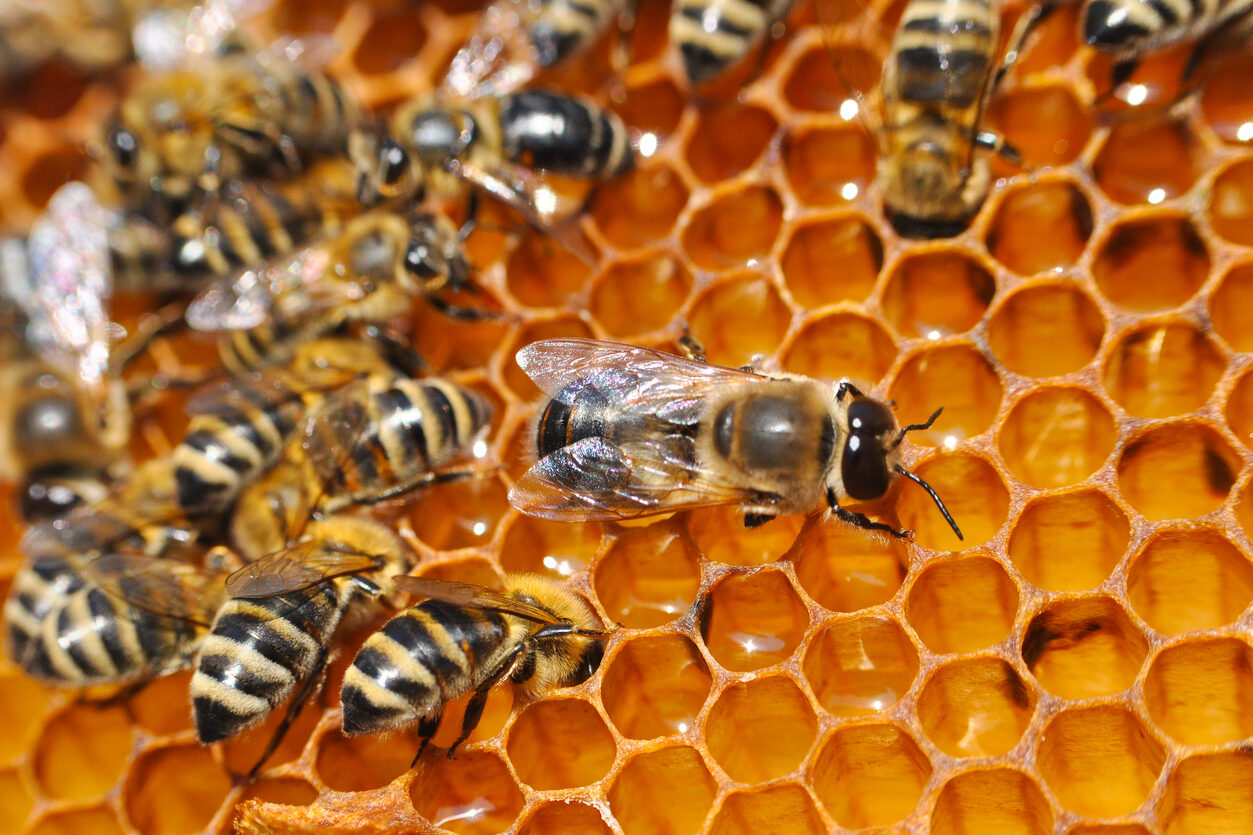
It’s hard to imagine a world without bees, and thankfully, they managed to survive the same catastrophic event that wiped out the dinosaurs. These tiny pollinators have existed for over 120 million years, playing a crucial role in maintaining ecosystems. When the asteroid impact triggered global wildfires and a long period of darkness, many flowering plants died out, making survival incredibly difficult for bees. But one particular group, the ground-dwelling bees, had a secret weapon—their ability to burrow underground.
Unlike honeybees, which rely on complex hives and food stores, solitary bees could escape the worst of the climate chaos by staying hidden beneath the soil. This adaptation likely saved them, allowing them to emerge when conditions improved. As plant life slowly recovered, bees played a key role in repopulating forests and grasslands. Without them, Earth’s ecosystems might have struggled to bounce back. Their story is a reminder that even the smallest creatures can have a massive impact on the survival of life on our planet.
5. Opossums

Opossums might not seem like the most remarkable survivors, but these scrappy marsupials have been around since the age of the dinosaurs. Their secret? Extreme adaptability. When the asteroid impact triggered food shortages and harsh climate changes, opossums’ omnivorous diet allowed them to survive on whatever they could find. They weren’t picky eaters—fruit, insects, carrion, and even small reptiles were all on the menu. This flexibility made a huge difference at a time when specialized species were dying off.
Another survival advantage was their small size. While larger mammals struggled to find enough resources, opossums could get by with much less. They also had an exceptional ability to reproduce quickly, ensuring that even if some individuals didn’t make it, the species as a whole could continue. Today, opossums still display their prehistoric resilience, thriving in forests, cities, and just about anywhere they can find food. Their ability to adapt to changing environments has made them one of the most successful mammal species on Earth.
6. Horseshoe Crabs

Horseshoe crabs are living fossils, having existed for more than 450 million years—long before dinosaurs even appeared. These prehistoric creatures survived multiple mass extinctions, including the asteroid impact that ended the reign of the dinosaurs. One reason for their success is their tough, armored exoskeleton, which protects them from harsh environmental conditions and predators. They also have a unique blood composition that allows them to fight off infections and survive in low-oxygen environments.
When the Earth was thrown into chaos after the asteroid strike, horseshoe crabs’ ability to tolerate extreme conditions gave them a significant advantage. They could survive in a wide range of temperatures and salinity levels, allowing them to persist even when ocean ecosystems collapsed. Their reproductive strategy also played a role—laying thousands of eggs at a time increased their chances of survival. Today, they are still thriving along coastlines, proving that some of the oldest creatures on Earth are also some of the toughest.
7. Lungfish

Lungfish are some of the most bizarre and resilient fish in existence. Unlike most fish, they have the ability to breathe air, thanks to a specialized lung that allows them to survive in low-oxygen environments. This adaptation proved crucial during the dinosaur extinction, when freshwater habitats became unstable and oxygen levels dropped. Instead of perishing like many other aquatic creatures, lungfish could bury themselves in mud and enter a state of dormancy, sometimes for years, until conditions improved.
This survival strategy, known as estivation, essentially allowed lungfish to wait out the worst of the post-impact environmental changes. While many freshwater species perished due to habitat destruction, lungfish endured by going into hibernation mode. Even today, lungfish can survive extreme droughts by encasing themselves in a mucus cocoon and slowing down their metabolism to near standstill levels. Their ability to adapt to harsh and unpredictable conditions has helped them remain one of the most successful fish species for millions of years.
8. Cockroaches

Love them or hate them, cockroaches are some of the most resilient creatures on Earth. These small but mighty insects were already around when dinosaurs roamed the planet, and they managed to survive the asteroid impact that wiped out nearly everything else. Their secret to survival lies in their incredible adaptability. Cockroaches can eat almost anything—decaying plants, dead animals, paper, and even glue. This allowed them to persist even when food sources became scarce.
Another major advantage was their ability to hide. Unlike larger creatures that were exposed to extreme conditions, cockroaches could burrow into tiny crevices, sheltering from fire, radiation, and extreme temperatures. They also reproduce quickly, meaning even if many perished, the species could recover rapidly. Their ability to withstand high levels of radiation and go without food for weeks only adds to their reputation as nature’s ultimate survivors. While they may not be the most beloved creatures, cockroaches have undeniably earned their place in history as some of the toughest animals to ever exist.
9. Snakes

Snakes might not have seemed like likely survivors of the dinosaur extinction, but they had a few tricks up their sleeve. Unlike large reptiles that needed vast amounts of food and stable climates, snakes could live off very little. Their ability to go months without eating gave them a major advantage when food became scarce after the asteroid impact. Since they’re cold-blooded, they also didn’t need as much energy to stay alive, meaning they could adapt to sudden environmental changes more effectively than many other species.
Another key factor was their underground lifestyle. Many snakes took refuge in burrows, caves, or under thick vegetation, which protected them from wildfires, toxic air, and extreme temperatures. As the dust settled and life slowly returned, snakes thrived by preying on smaller surviving animals. Their ability to evolve into a wide variety of species over time has made them one of the most successful predators on the planet. Today, they exist in nearly every environment, from scorching deserts to freezing tundras, proving their adaptability and resilience.
10. Sea Stars
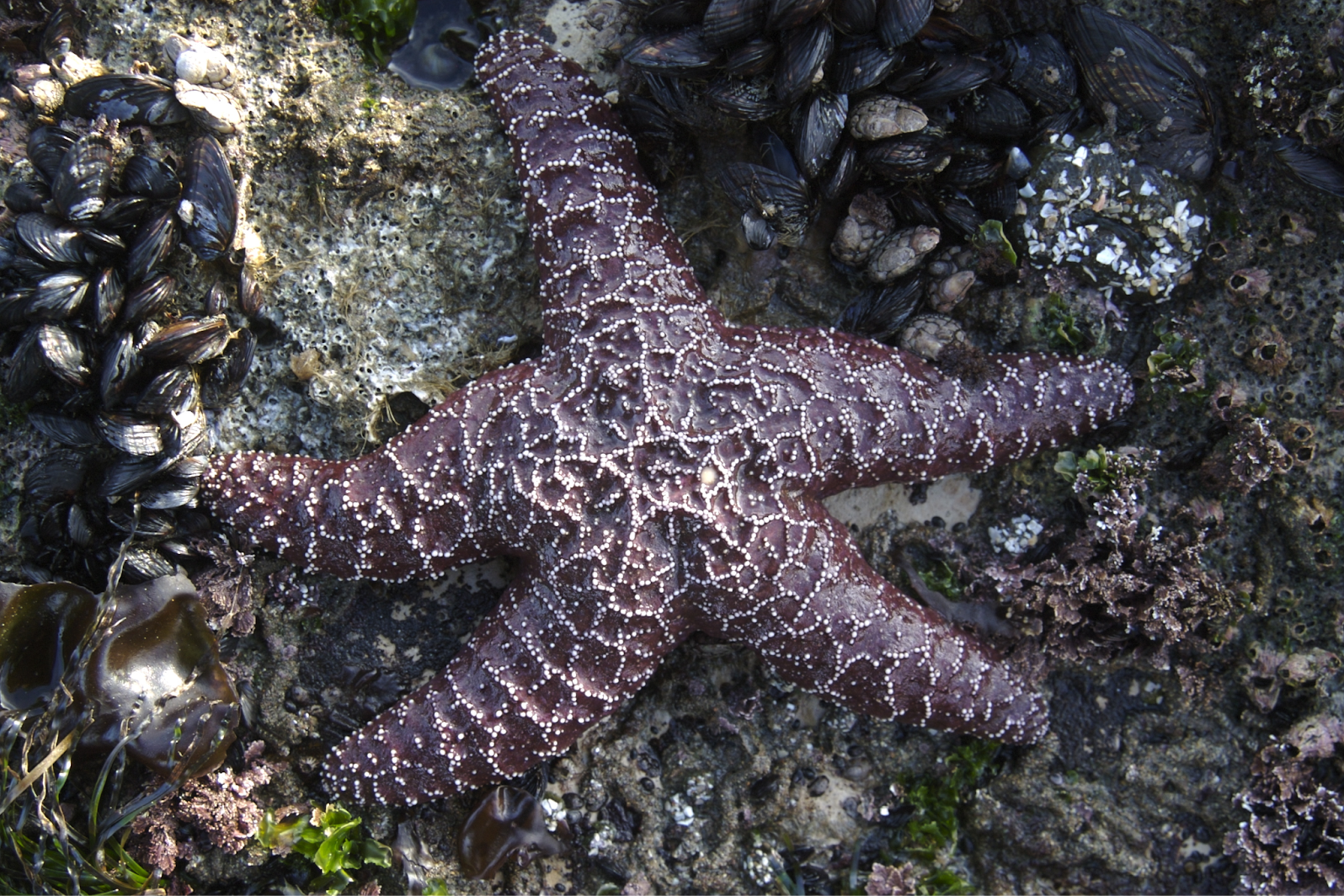
Sea stars, often called starfish, have been navigating Earth’s oceans for over 450 million years. When the asteroid hit, wiping out countless marine species, sea stars had a few unique survival strategies that helped them endure. One of their greatest advantages is their ability to regenerate lost limbs. Even if a predator attacked or environmental conditions became extreme, they could grow back missing body parts, ensuring their survival.
Another key factor in their success was their diet. Sea stars are opportunistic feeders, meaning they can eat a wide variety of food sources, from plankton to decaying matter. This flexibility gave them an edge when ecosystems collapsed, and food became scarce. They also thrive in different ocean environments, from deep-sea trenches to tidal pools, making them highly adaptable to changing conditions. Today, these ancient survivors still play a crucial role in marine ecosystems, proving that simple yet effective survival strategies can stand the test of time.
11. Crayfish
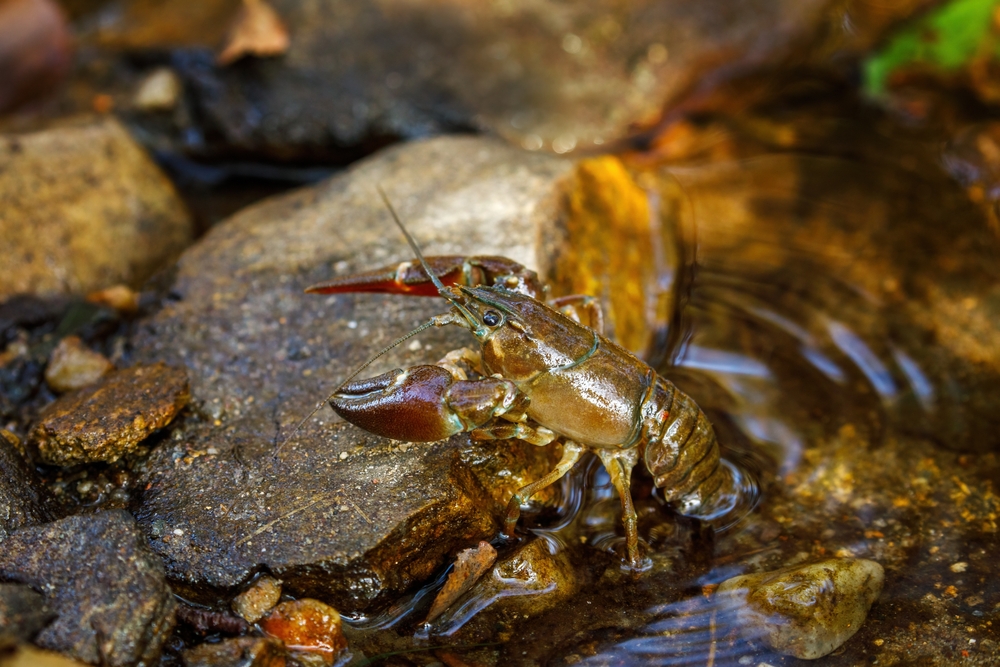
Crayfish are another group of ancient survivors that lived alongside dinosaurs and managed to outlast them. These freshwater crustaceans have an incredible ability to withstand extreme conditions, including droughts, polluted waters, and food shortages. One of their key survival tactics is their burrowing behavior. When water levels drop, many crayfish can dig deep into the mud and remain dormant until conditions improve. This ability likely helped them survive when the planet’s freshwater systems were thrown into chaos after the asteroid impact.
Their varied diet also played a role in their endurance. Crayfish eat everything from plant matter to small fish, detritus, and even their own kind when necessary. This dietary flexibility meant they could continue to survive even when other freshwater species went extinct. Additionally, their tough exoskeleton provides protection against many predators, making them a tough target. Today, crayfish are found all over the world, thriving in rivers, lakes, and streams, proving that adaptability is one of the best survival tools in nature.
12. Lice
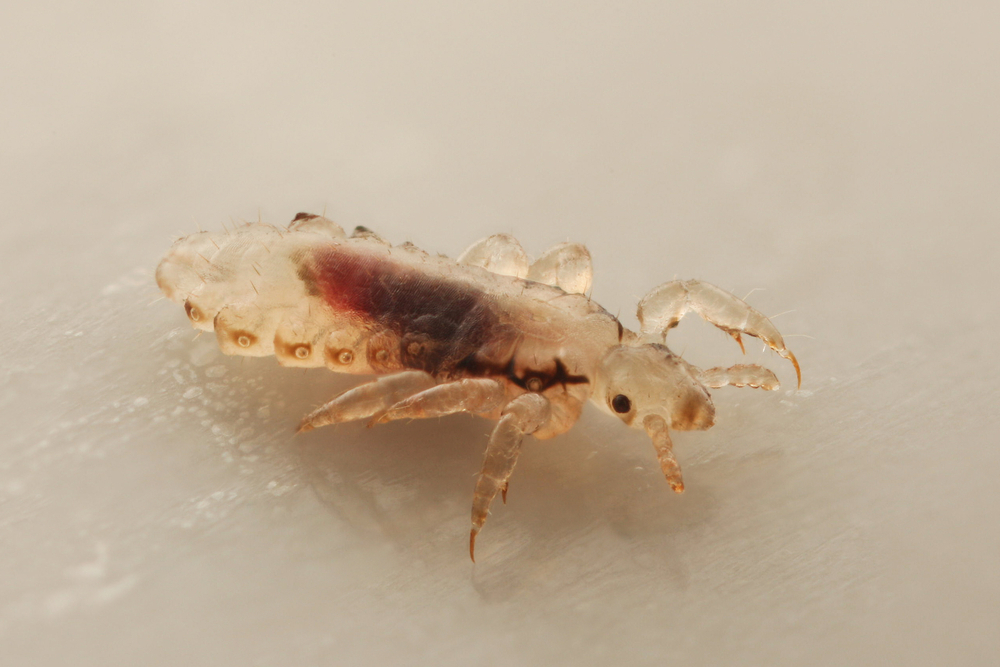
It may be unsettling to think about, but lice have been around for millions of years, clinging to mammals, birds, and even reptiles since the time of the dinosaurs. Their survival strategy is simple but highly effective: they depend entirely on their hosts. While larger creatures perished after the asteroid impact, smaller mammals and birds managed to survive, and along with them, lice endured as well. Their ability to reproduce rapidly ensured that even if populations were wiped out, they could bounce back quickly.
Lice are also incredibly resistant to environmental changes. They can survive in extreme heat, cold, and even periods of starvation by going dormant. Their tiny size allows them to stay hidden and undisturbed, avoiding predators and external dangers. As long as there were hosts available, lice had a food source, which allowed them to persist even through mass extinctions. While they may not be the most glamorous survivors, they are certainly among the most persistent.
13. Horses
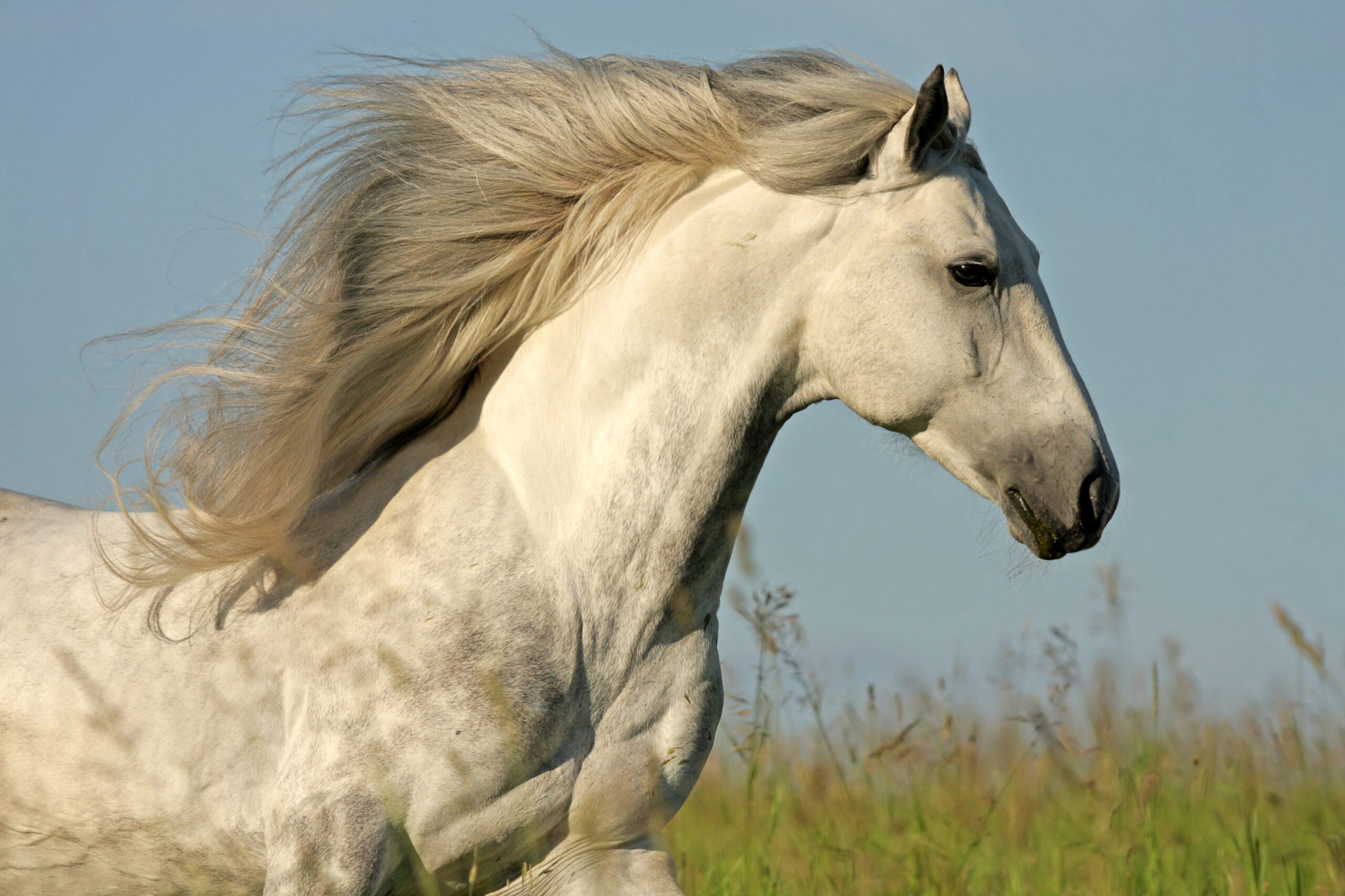
Modern horses evolved from small, forest-dwelling ancestors that existed during the time of the dinosaurs. These early horse-like creatures were tiny, standing just a couple of feet tall, which actually worked in their favor when disaster struck. Unlike large herbivores that required vast amounts of vegetation, these early horses could survive on less food and adapt to changing environments. Their ability to move quickly and escape predators also gave them an advantage when ecosystems collapsed.
Another reason for their survival was their evolutionary flexibility. Over millions of years, they adapted to different climates, growing larger and more efficient at digesting tougher plant materials. This adaptability helped them thrive in various habitats, from dense forests to open plains. Today’s domesticated horses are a testament to the resilience of their ancestors, proving that even in the face of mass extinction, the ability to evolve and adjust is key to long-term survival.
14. Velvet Worms
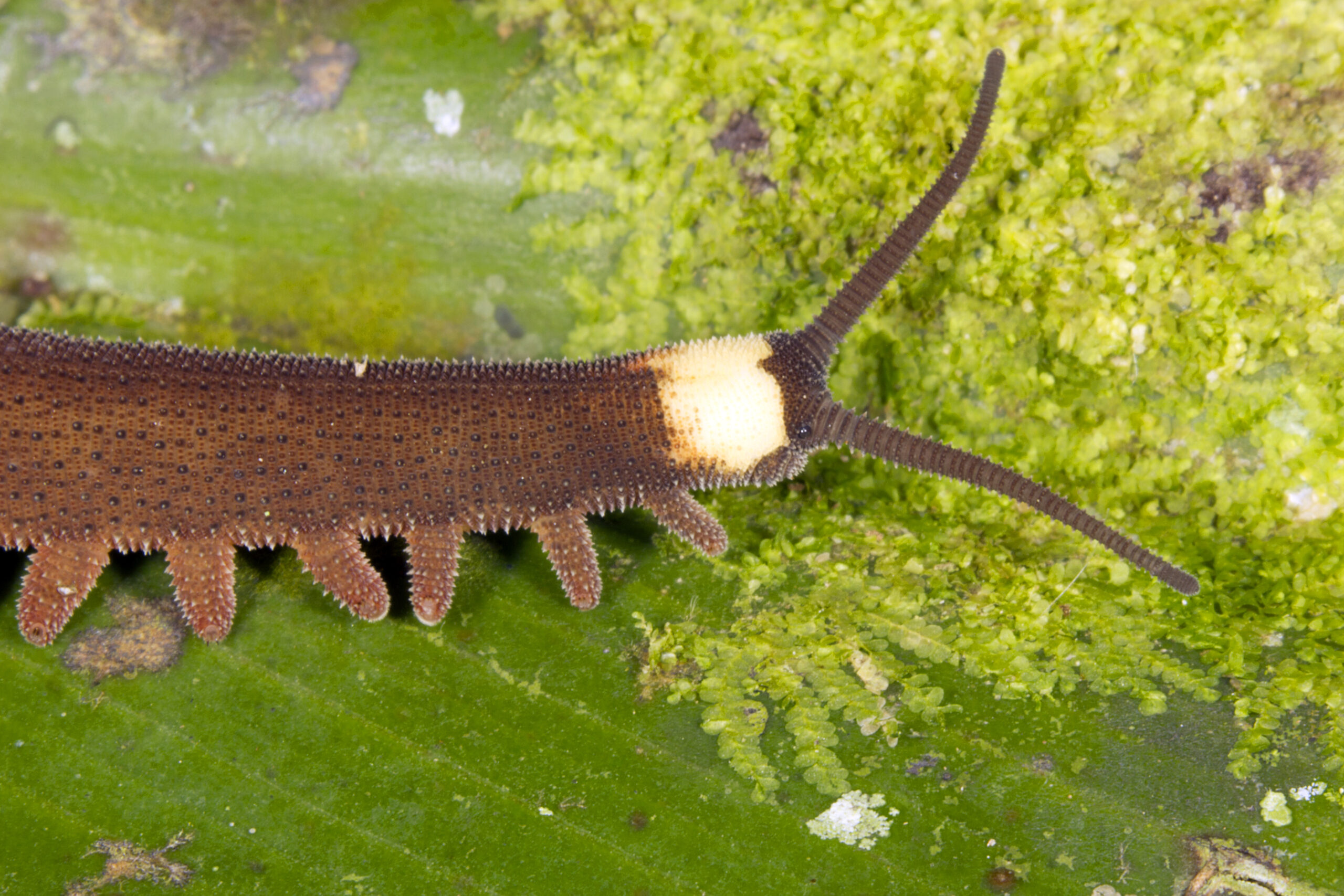
Velvet worms may look like tiny, squishy caterpillars, but they are actually one of the oldest types of land-dwelling creatures on Earth. These strange and fascinating animals date back over 500 million years and survived the dinosaur extinction thanks to their secretive, underground lifestyle. They thrive in dark, humid environments like rotting logs and soil, which protected them from drastic climate changes when the asteroid impact devastated the planet.
Their unique hunting strategy also contributed to their survival. Velvet worms use a special slime to trap their prey, an energy-efficient method that allowed them to conserve resources during times of scarcity. Because they don’t rely on large food sources, they were able to persist even when ecosystems collapsed. Despite their ancient lineage, velvet worms remain relatively unchanged today, quietly thriving in forests around the world. They are living proof that sometimes, the best way to survive is simply to stay hidden.
15. Amphibians (Frogs and Salamanders)

Amphibians like frogs and salamanders have been around for hundreds of millions of years, long before dinosaurs dominated the Earth. When the asteroid impact triggered wildfires, acid rain, and a prolonged winter, many animals struggled to cope—but amphibians had a few tricks up their slimy sleeves. Their ability to burrow underground or hide in water gave them a massive survival advantage. While land-dwelling creatures suffered, amphibians could escape the harshest conditions by retreating into muddy ponds, streams, and caves.
Another key survival trait was their ability to hibernate. Some amphibians can slow down their metabolism to almost nothing, allowing them to survive long periods without food. This skill was critical in the aftermath of the asteroid impact when plant and insect populations plummeted. As Earth’s ecosystems slowly recovered, amphibians were among the first creatures to repopulate forests and wetlands. Their incredible adaptability has kept them around for millions of years, proving that sometimes, the smallest and most unassuming creatures are the ones that endure the longest.


